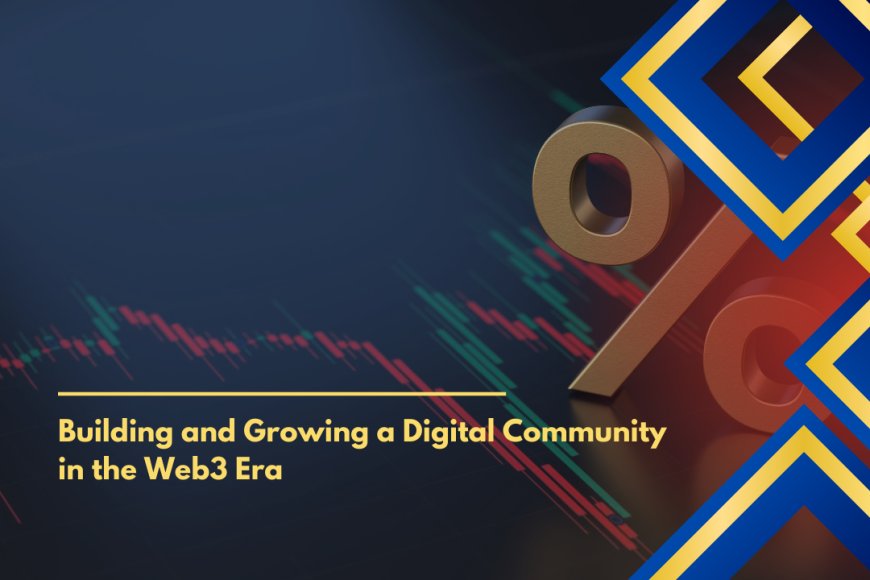Building and Growing a Digital Community in the Web3 Era
Web3 phase has brought changes in the new world, decentralization technologies are playing a major role in forming and maintaining a community in the online environment. It is important that we understand how one can connect, coordinate and co-create in digital spaces as the internet changes. Thus, in such conditions, the establishment and development of a digital community do not need a prescriptive approach that is used in Web2; instead, it has to be based on the principles of decentralisation, transparency, and users’ autonomy characteristic to Web3.

Web3 phase has brought changes in the new world, decentralization technologies are playing a major role in forming and maintaining a community in the online environment. It is important that we understand how one can connect, coordinate and co-create in digital spaces as the internet changes. Thus, in such conditions, the establishment and development of a digital community do not need a prescriptive approach that is used in Web2; instead, it has to be based on the principles of decentralisation, transparency, and users’ autonomy characteristic to Web3.
The Shift to Decentralization
Web3 is all about decentralization in its core concept and in the way it is being implemented. Contrary to web models that use centralized data and networks in which the authorities regulate users and their data, Web3 distributes the power to individuals. This shift of creativity carries a lot of significance to building communities. In the Web3 model, we are not just talking about a group of like-minded people but the network of self-owners who contribute to and are reciprocally rewarded from the community.
Fostering Engagement Through Tokenization
Tokenization is easily one of the most effective strategies that can be employed for building a digital community for Web3. Tokens can be used by the leaders of the community in order to encourage the contributions of the members, encourage the member to take the ownership of projects and offer powerful motivating factors. Tokens are mechanisms that can provide access to different content, make decisions about the community or be used as stocks for the community assets. It also encourages people’s participation in the activities that are being promoted by the platform and it also ensures that the selves-interest of the platform and that of the people in the community are mutual.
Bermuda Unicorn: Read the following a case study of community building :
Another great example is Bermuda Unicorn that showcases the idea of how a company can implement and develop ideas based on Web3 principles for creating a vibrant community. Another feature that Bermuda Unicorn has in place as a Virtual Space and NFT Marketplace is 3D Microblogging which enables communication in a lush environment. The self-identity offered by the platform is righteous and empowering; enabling members to trade their assets and engage in the evolution of the decentralized economy through NFTs.
In this way, Bermuda Unicorn was able to build an environment in which users are not only able to communicate, but also to invest into the platform itself. This is made even stronger by using 3D Microblogging in the communication and collaboration as this brings a more active, powerful and visually appealing approach to the overall communication processes.
The Future of Digital Communities
Web3 still has a long way to go but the future of media spaces and communities cannot look too grim. As the industry pioneers companies such as Bermuda Unicorn the growth and innovation potentials in the market are immense. With decentralization applied, tokenization incorporated, and brilliant designing of real-world, user-oriented environments, the subsequent generation of digital communities will not only endure but blossom in the looming Web3 world.












